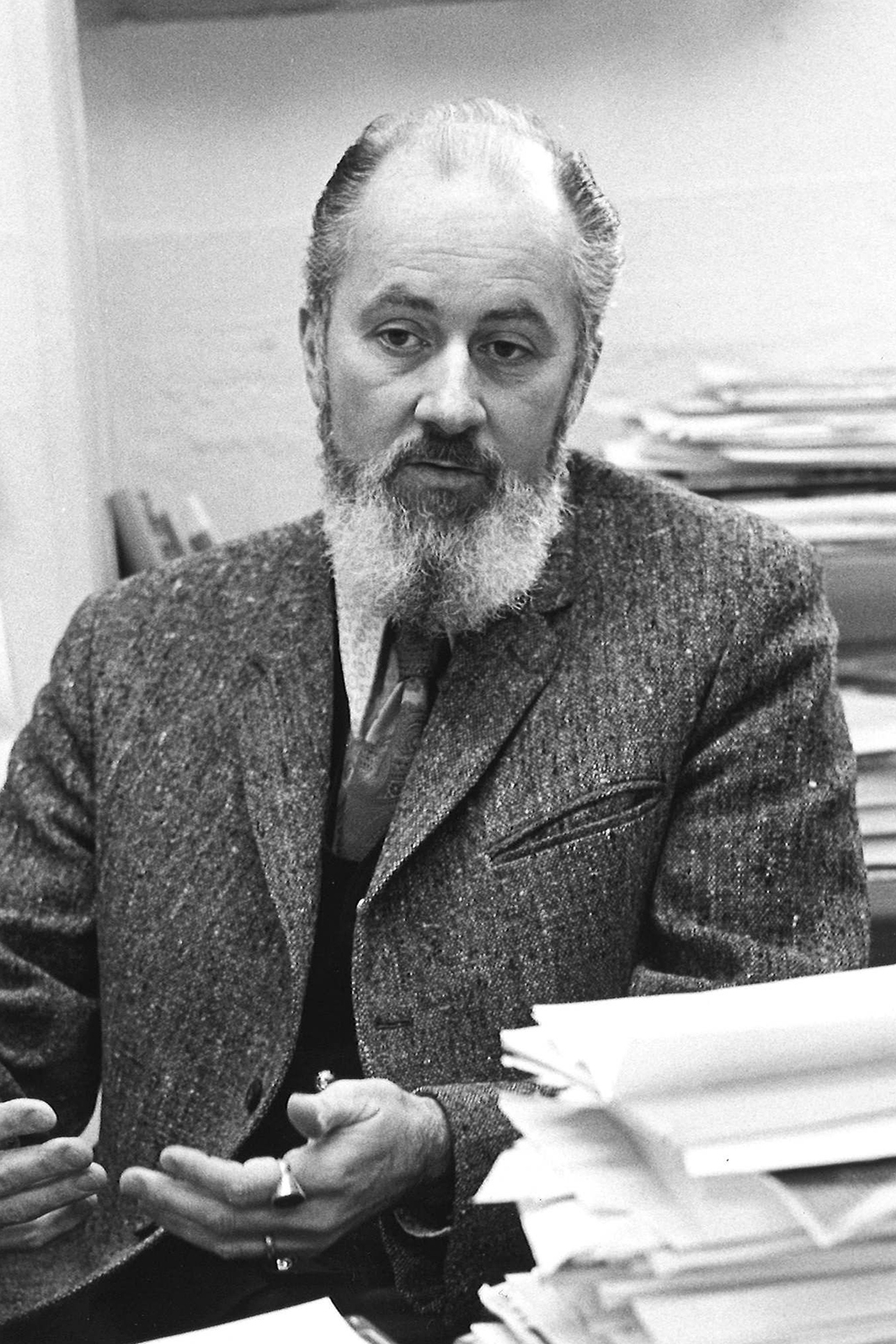William Tiller, materials engineer, expert in materials solidification, has died
Known for his theoretical and experimental research into the physics of materials solidification, Tiller investigated the relationships between the crystallization process and the resulting material structures and their physical properties. He exploited this knowledge to generate new processes for single crystal growth that was critical to the then-nascent semiconductor industry.
William A. Tiller, professor emeritus of materials science and engineering and world-renowned specialist in the solidification of various materials, died Feb. 7 in Scottsdale, Arizona. He was 92.
Tiller was best known for his theoretical and experimental research into the physics of solidification for many materials, including water, metals, semiconductors, oxides, and polymers. He investigated the relationships between the crystallization process and the resulting material structures and their physical properties. He exploited this knowledge to generate new processes for applications ranging from ingot casting and material purification to single crystal growth that was critical to the then-nascent semiconductor industry, among other technical problems of his time.
Tiller first gained recognition in the field with a 1953 paper he co-authored with a fellow graduate student and two advisors at the University of Toronto on the way certain impurities get distributed as materials crystallize from liquid to solid, causing instabilities in the resulting material. In it, Tiller and his collaborators for the first time described the principle of “constitutional supercooling” mathematically. The process had been described qualitatively prior to the paper, but never in such concrete terms. The authors’ approach is still used today in textbooks on materials crystallization.
That work and his subsequent nine years at Westinghouse Research Laboratory earned Tiller a certain academic reputation such that in 1964 when he joined Stanford University’s Department of Materials Science and Engineering he was the first faculty member to be appointed as – rather than promoted to – full professor. In Tiller’s first year on the faculty, his Air Force Office of Scientific Research contract alone was $600,000 per year, the largest in the department by a considerable margin. In today’s dollars, such a contact would exceed $5 million.
In 1972, Tiller published another influential paper on stress corrosion cracking. The paper was noted for introducing the concept that, under strain, a surface with wavy undulations will cause atoms to diffuse from the valleys to the peaks, increasing peak heights and producing greater irregularities. It became known as the Asaro-Tiller-Grinfeld (ATG) mechanism and laid the foundation for a new theoretical work in semiconductor films, including quantum nanostructures and quantum dots. Decades later, the paper inspired a retrospective titled “The Asaro-Tiller-Grinfeld instability revisited.”
“Bill Tiller was the smartest person I have ever known, and not just in the field of crystallization. He was knowledgeable about most subjects. As a teacher he was also outstanding, showing infinite patience to have students understand. I personally owe him a lot as he made me the success I became,” remembered Lem Tarshis, Tiller’s first doctoral student at Stanford.
William Arthur Tiller was born in Toronto, Ontario, Canada, on Sept. 18, 1929. He grew up in Toronto, graduating high school in 1948. He then studied engineering physics at the University of Toronto, earning his BS, MS, and PhD in 1952, 1953, and 1955, respectively. It was during his time as a graduate student that he began his work on solidification science. After receiving his doctorate, Tiller spent nine years at the Westinghouse Research Laboratory in Pittsburgh, where he built and led a world-class research group. According to his daughter, one of Tiller’s prouder personal accomplishments was serving on Wernher von Braun’s science team at NASA leading the materials engineering efforts and developing materials for the Apollo nosecones and landers.
At Stanford over the next almost-three decades, Tiller authored numerous frequently cited journal publications and two textbooks, The Science of Crystallization: Macroscopic Phenomena and Defect Generation and The Science of Crystallization: Microscopic Interfacial Phenomena, both published by Cambridge University Press in 1991. He was department chair from 1966 to 1971. In 1970, Tiller garnered a Guggenheim Fellowship to study at Oxford University. He retired in 1992 having guided more than 50 graduate students to their PhDs and published over 200 peer-reviewed scientific papers.
Tiller is survived by his daughter, Andrea Tiller, ’79, of San Francisco. He was predeceased by his wife, Jean, in 2021 and son, Jeffrey, in 2000.
